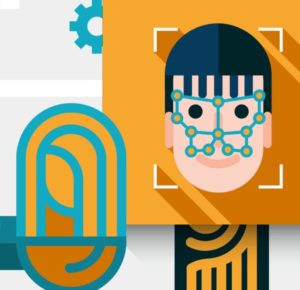India’s Aadhaar is the world’s most ambitious national ID program. It’s affiliated with a larger, ongoing initiative called Digital India, which Prime Minister Narendra Modi launched in 2015 to help push India towards a more digital economy; and it’s administrated by the Unique Identification Authority of India, or UIDAI, a government agency that predates the program. The Aadhaar program assigns a unique, 12-digit number to each registered citizen, with each number pertaining to a citizen’s unique biographic information as well as biometric data in the form of fingerprint and iris scans.
It’s affiliated with a larger, ongoing initiative called Digital India, which Prime Minister Narendra Modi launched in 2015 to help push India towards a more digital economy; and it’s administrated by the Unique Identification Authority of India, or UIDAI, a government agency that predates the program. The Aadhaar program assigns a unique, 12-digit number to each registered citizen, with each number pertaining to a citizen’s unique biographic information as well as biometric data in the form of fingerprint and iris scans.
At its outset, the ID program was envisioned as a means of helping to ensure that citizens can get access to government services, and to reduce corruption by establishing a digital paper trail for the dispersal of subsidies like food rations and medicine. But the program has quickly expanded, extending its reach into a variety of facets of daily life in India.
Here’s how:
It’s turning citizens’ phones into official identity documents:
Indian Gov’t Launches Mobile Version of National Biometric ID
It’s also now being used for mobile payments, letting citizens buy things without cash or even their own device:
Aadhaar Pay To Help Bring India Into Cashless Era
Aadhaar Pay is Now Active in India
UPI Upgrade Could Boost Aadhaar Pay in India
In fact Aadhaar is being used in everything from airport screening to school credentialing to Skype:
Indian Government Explores Aadhaar for Domestic Flights
Aadhaar to Be Integrated Into University Degrees
Aadhaar Authentication Comes to Skype Lite
But amid all the excitement, there are security and legal concerns:
UIDAI Employee Investigated Over Bogus Aadhaar Account
India’s Supreme Court Allows Gov’t to Link Aadhaar to Taxes, with Exceptions


Follow Us